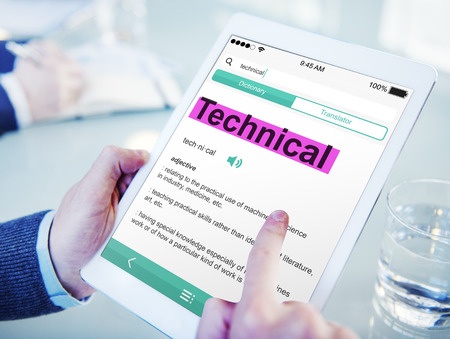 The demand for technical translation is growing in many countries. For example, in member states of the European Union, there is an increasing demand for user manuals to be available in the national language.
The demand for technical translation is growing in many countries. For example, in member states of the European Union, there is an increasing demand for user manuals to be available in the national language.
This requires high quality translation services, because instructions that are not accurately adapted may result in the improper use of product and not understand guidelines which could be critical to operating a product or harmful results to the user. A translation error could lead to a legal case, if improper use was found to be caused or related to the inadequate translation which in turn caused injury or loss.
What key points do you need to know and consider when you need technical translations?
1. The first important point is that a technical translation agency uses pre-selected, tested and qualified technical translators. Only professionals with specific technical subject-matter-expertise can successfully adapt the content into a foreign language. A linguist with technical background and years of translation experience can provide maximum accuracy and consistency.
2. Translators, with a technical background, do not possess knowledge of each product or its technical specifications. Therefore, a continual two-way communication needs to be maintained between the manufacturer and the technical translation company. Technical terms might have several meanings, and they could vary from one product to another. The most effective solution is to communicate with the manufacturer to find out the appropriate meaning of the term. The benefit of using skilled technical professionals for technical translations is that they know what to ask from the supplier.
3. Maintaining a glossary and the consistent terminology use is a key requirement in a technical translation. Translators must not use two different words to refer to the same thing. They might need to contact the manufacturer to find the right term. Once it is set, they have to use it consistently. Another error is using the same word for two or more different things. This needs to be avoided so as not to confuse the reader.
4. Computer aided translation tools prevent these mistakes as they provide advanced terminology management systems. Their terminology databases keep track of terms.
5. Consistency between words in drawings/images and text needs to be assured. Technical documents usually include drawings or images. Translators need to pay attention to using the same word in the text as it is referred to on the image. They cannot name a spare part something different in the text from its name on the illustration. When words on the illustrations or images are not translated, the original (source) term has to be used in the text as well, and a translation needs to be included in the footnotes or glossary of terms.
6. The final consideration is the Quality assurance process which is a key consideration in any professional translation. Quality assurance involves a thorough revision of the translation for any grammatical, syntactical and typographical error. It includes an editing and proofreading processes to catch all such errors. No professional translation should skip these two revision
steps for time or cost factors.




